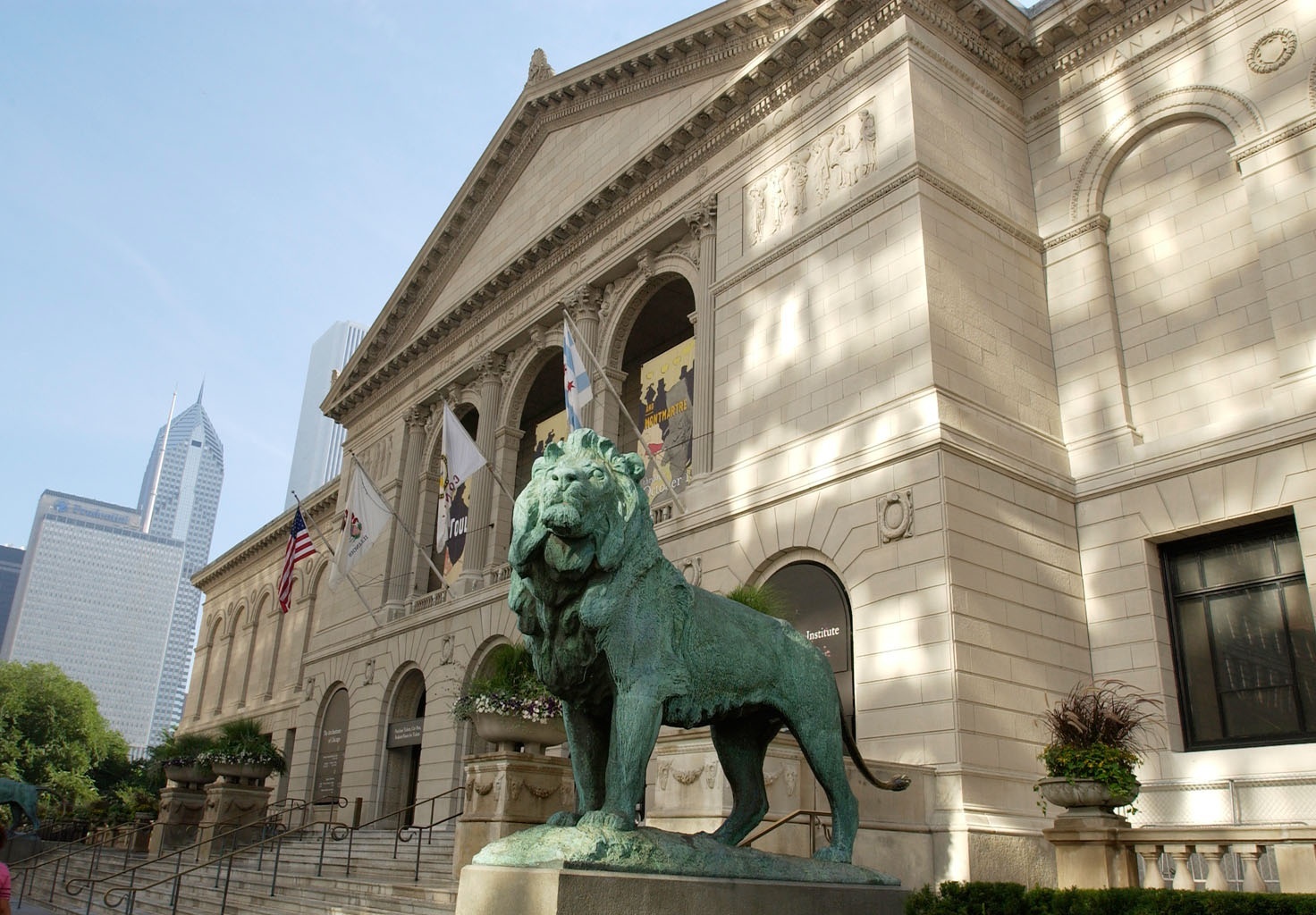Oct 21 2016 - Mar 19 2017
Chicago, IL
With its plush, inviting, and often-varied texture, velvet offers a sensory experience and brings to mind notions of wealth, splendor, and indulgence. For hundreds of years, this opulent textile operated as a status symbol, and today it remains a fabric with luxurious connotations. This exhibition, featuring 44 velvets from the permanent collection, examines the various effects of industry on the design and production of this splendid fabric from the 19th century to the present day, showcasing the remarkable diversity of modern velvet.
During the Renaissance and up until the Industrial Revolution, velvet production required a great deal of time, specialized labor, and a large volume of expensive materials, especially silk and gold. Industrial innovations in the late 18th and early 19th centuries, such as the Jacquard loom, allowed for faster production and encouraged the use of less costly materials, which made velvet available to a wider range of consumers. Despite this broader accessibility, designers and manufacturers of velvets sought to maintain the sense of luxury long associated with the textile.
The works in this exhibition demonstrate several modern approaches toward the design and production of velvet. Some of the velvets, including a colorful example designed by Gertrude Rapp in the mid-19th century, illustrate the way in which weavers recreated the look and feel of earlier velvets through careful reproduction of historical processes. Rapp, working in Pennsylvania, established and managed a small-scale operation that produced silk as well as hand-woven velvets. Her piece in the exhibition features a lush, black pattern on a smooth plum ground enlivened through additional brightly colored patterning threads that create a confetti-like effect. Other designs, including an early 20th-century panel by Maria Monaci Gallenga, seek to emulate the appearance of historic velvets. In Gallenga’s design, however, the black velvet is made of durable cotton and printed in metallic inks, rather than woven with precious silk and gold threads. While many designers, weavers, and manufacturers, including Gallenga, explicitly borrowed from historical motifs and techniques, they also sought to embrace the potential of the new in terms of materials, design, and production methods. Swedish designer Hans Krondahl’s 1965 Kyoto furnishing fabric, with a brightly colored, bold geometric pattern screen-printed onto cotton velvet, firmly grounds itself in 20th-century design.
As these examples attest, despite—and sometimes due to—industrial innovations, velvet continues to inspire designers and offer up its riches to the senses.
Credit: Exhibition overview from museum website
Exhibition Venues & Dates
Oct 21 2016 - Mar 19 2017
Chicago, IL
